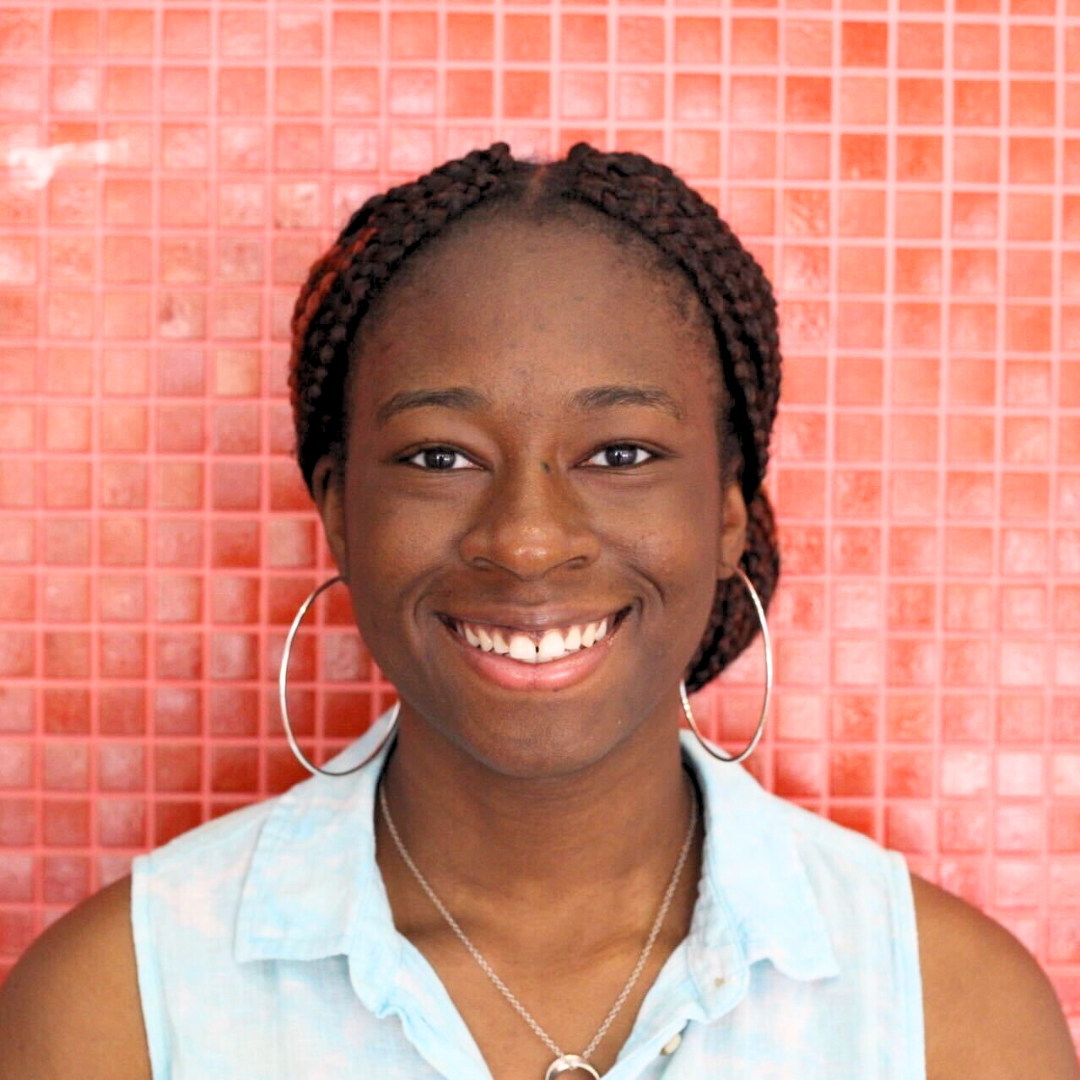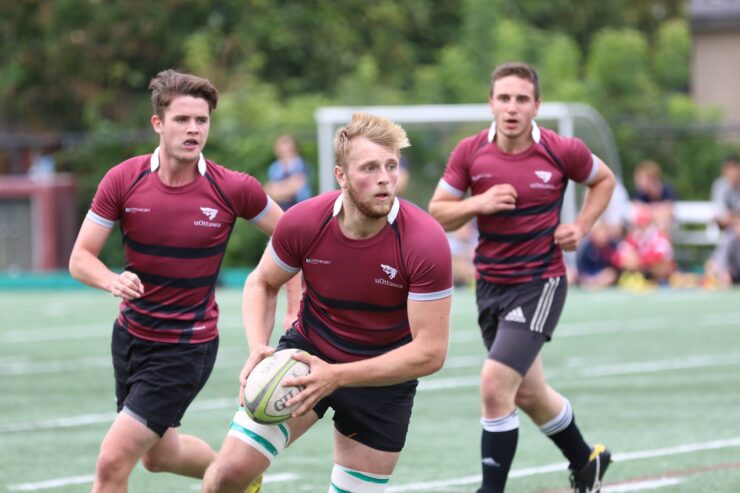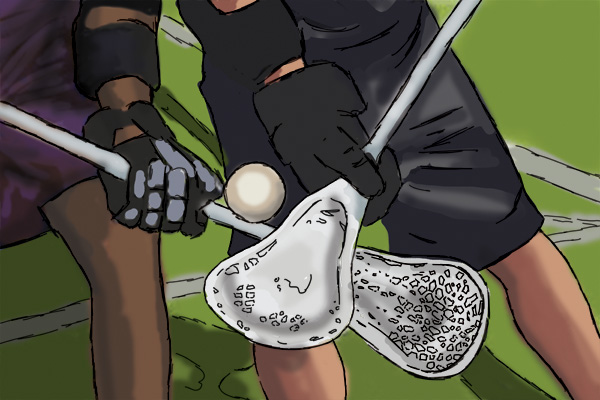The Ottawa Science Undergraduate Research Journal at U of O
Editorial note: the following interview has been edited for brevity and readability.
Fejiro Mejire, a staff writer for the Fulcrum, sat down with Sivany Kathir and Brian Liu, the Co-Editors-in-Chief of the Ottawa Science Undergraduate Research Journal (OSURJ), to learn more about its mission and impact on U of O students.
The Fulcrum (TF):
Hello! Could you tell me your names, your positions and how long you have been with OSURJ?
Brian Liu (BL):
My name, Brian Liu. I am one of the co editors-in-chief for OSURJ, and this is my second year with the organization.
Sivany Kathir (SK):
My name is Sivany Kathir. I am a Co Editor-in-chief of OSURJ and this is my second year with OSURJ as well.
TF:
How did OSURJ start? What led to its creation?
SK:
It started in 2017 by U of O students. It was fully endorsed, supported and sponsored by the faculty of science. They took a little bit of a hiatus and it started up again in 2023.
TF:
How is OSURJ organized?
BL:
We are officially a club endorsed and sponsored by the faculty of science. While we work mostly on our own, we get support from some faculty supervisors like Dr. Mark Acker and Dr. Kathy Focsaneanu. They help us spread the word about OSURJ. Professors also help review the submissions we get, which is very helpful for students during the peer review process.
On the student side of operations, we have club executives like the [vice-presidents] internal, external, and logistics executives. And we also have reviewers, copy editors and translators.
SK:
It is a wonderful thing to be able to add to your resume or graduate school applications.
TF:
That sounds amazing! Could you tell me a little bit more about what the peer review process looks like with OSURJ?
SK:
We have a set of different associate reviewers. They’re students but they are very specialized in their respective fields. Whatever work gets submitted to us is matched with a reviewer based on the field of discussion. The reviewers look at the paper, then give their comments and feedback.
Typically, there is a back and forth between the student and the reviewer suggesting these changes. After that is done, the professor will be able to review the work and make sure that it’s meeting the academic standard that we’re looking for.
TF:
Do you have conferences or other opportunities for students to present their work to an audience?
BL:
We have those, however, we don’t offer those ourselves. We partner with other organizers and clubs at the university that do these things. In the past we have worked with many organizations including the IgNITE Medical Case Competition, and we directed students to participate in that. The winning abstracts were published in OSURJ.
TF:
How often do you accept submissions and what kind of submissions do you accept?
SK:
Usually we open a window where people can apply on a case by case basis. At a time where we have many submissions, we will open up two submission windows. However, students can submit work on an ongoing basis. If their submission is late, it will just be considered for the next year. In that way, it’s really flexible.
BL:
We have submissions open right now and they close on November 30. We’re going to open another one in the New Year as well. OSURJ is a fully bilingual undergraduate journal so we accept submissions in both languages. We accept original research articles, communication articles, opinion/perspective articles, innovative methodology and review articles with some flexibility in between those. It’s not a rigid list.
TF:
What does the internal structure of OSURJ look like? How could someone get involved if they were interested in joining OSURJ?
BL:
At the head of OSURJ are Sivany and I, the co editors-in-chief. The team is split into two parts: the managerial team, and the editorial team. The managerial team consists of our VPs internal, external, finance, logistics personnel and graphic design executives. The editorial team consists of our specialized associate reviewers, copy editors, grammar editors and translators.
SK:
If someone was interested in getting involved with the OSURJ management team, they would apply in September, at the beginning of the academic year. In the meantime, the biggest opportunities students have with OSURJ at the moment are to submit and publish a paper. It is okay to be unsure; our team is willing to work with students throughout the whole process.
TF:
What would you say is the best part about working with OSURJ?
SK:
OSURJ builds a nice scientific community because students are working together to highlight each other’s work. It also builds a really nice support system especially since after COVID it’s really hard for students to find that sort of support.
BL:
It also makes the process of submitting research less daunting. I think a lot of undergraduate students find just thinking about getting involved in research scary. Knowing there is an experienced team that is willing to work with you throughout that process can be really reassuring.
TF:
What would you say to your readers and potential contributors if you could talk to them right now?
BL:
Get involved. Don’t be afraid to take that first step, even if you haven’t been in an actual lab. If you wrote a research paper for a class, we’re open to publishing that. We’ll give you feedback and hold your hand through the process. Hopefully the experience is a stepping stone for students to then pursue more research opportunities and higher level opportunities in the future.
SK:
We also accept publications that are not directly science. So science policy, psychology and other things along those lines. We’re very multi-disciplinary so we value all different avenues of science. We’re also open to science commentary and science anthropology. One of our goals is to open people’s eyes up to the different avenues in the sciences. So don’t be intimidated by our submission guidelines.
TF:
If someone was interested in reaching out to you, what would be a good way to contact you?
SK:
We have an Instagram account that’s always active, and then also our website.
BL:
As a student of the U of O, if you are interested in getting your work published with us, you can submit your paper through our online portal. After it gets reviewed by peers and professors, we will send feedback. Once the final draft is ready, it’ll be published on our website and made available on the Scholars Portal Journals and Omni.






